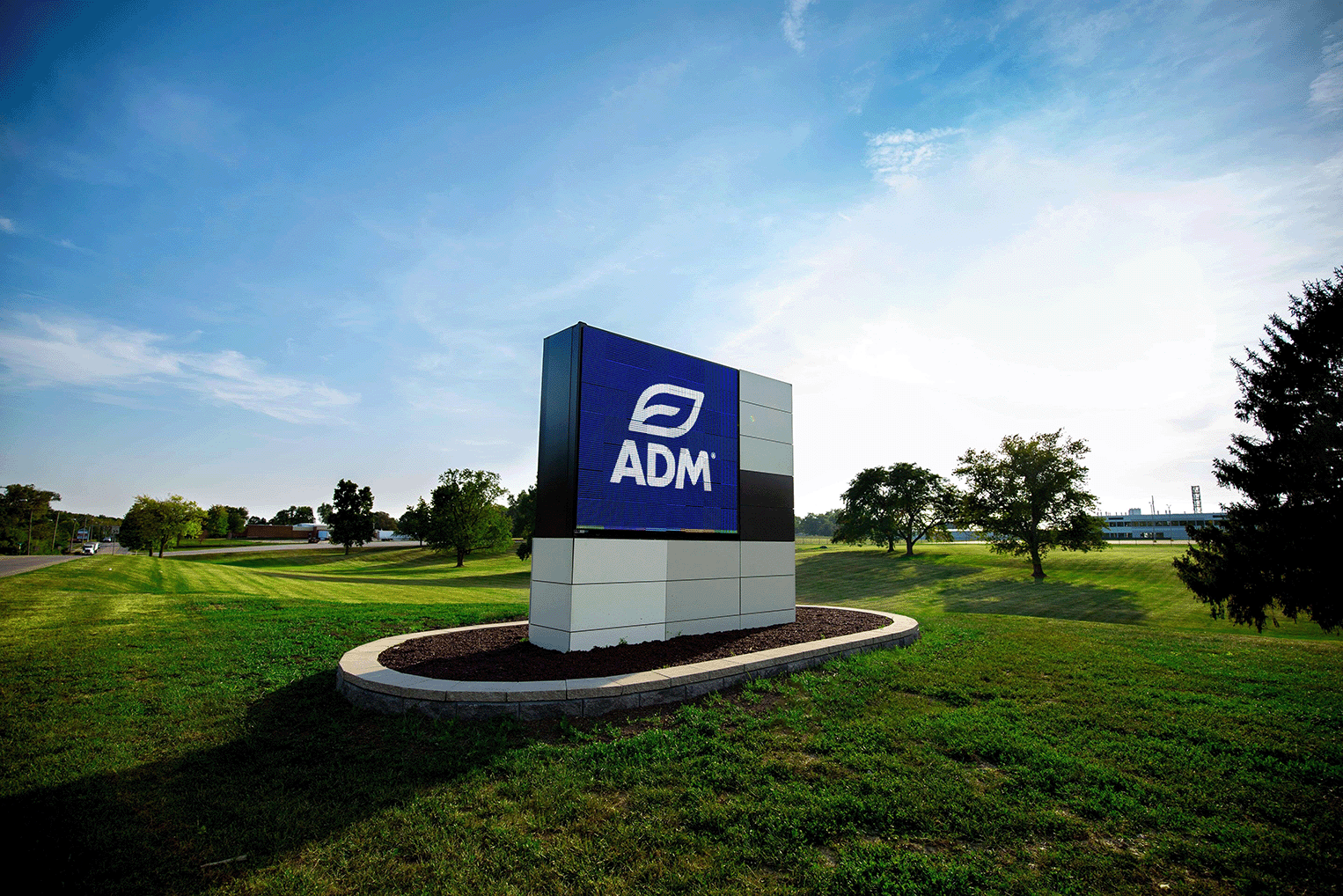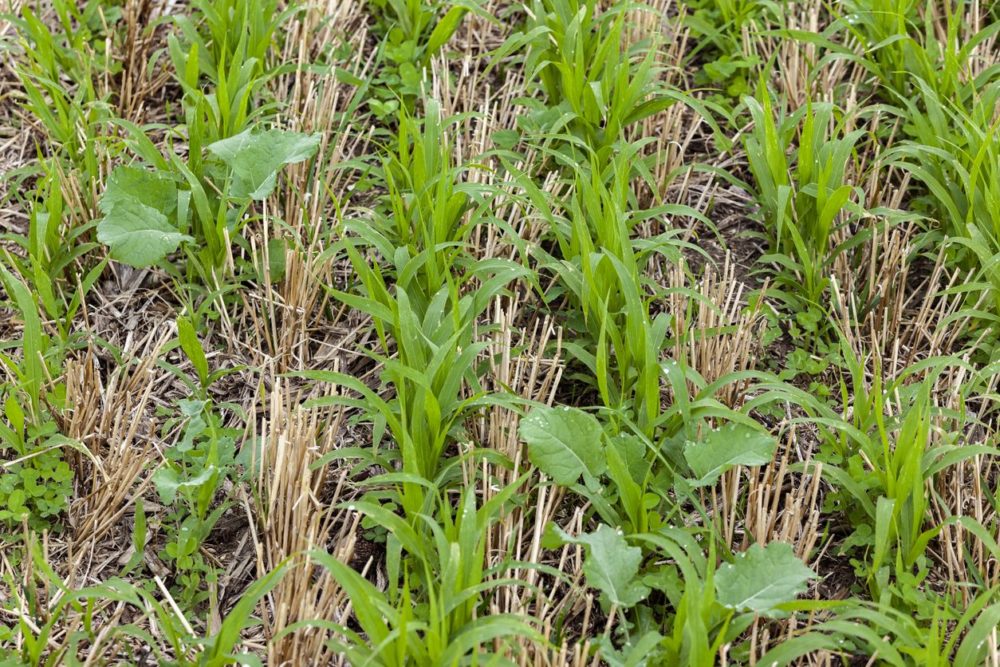- Food processing and commodities corporation Archer Daniels Midland (ADM) has released the first report on its progress implementing regenerative agriculture.
- In 2023, the company has signed up nearly 2 million acres of land in its supply chain to implement regenerative agriculture practices.
- The company aims to have 4 million acres signed up by 2027.

Why it matters
Among agrifood corporates, there’s plenty of talk and not enough action when it comes to adopting regenerative agriculture practices along their food value chains. For instance, a recent report from investor network FAIRR notes that two thirds of publicly-listed agrifood companies have discussed regen ag commitments publicly but not yet formalized any targets to achieve goals.
In Nov. 2023, the publication No Till Farmer challenged these companies to “prove” their commitments to regen ag.
For its part, ADM seems to have taken up that challenge seriously, hence its first-ever annual report zeroing in on the company’s progress.
“As we continue to accelerate our industry-leading global regenerative agriculture program, we believe it is important to report on our progress,” said Greg Morris, president of ADM’s Ag Services & Oilseeds business. “This work is critical to our company and to our planet. We’re proud of our progress, and we’re excited to continue to expand our efforts around the globe.”
ADM is among a handful of agrifood corporates communicating their progress on regenerative agriculture with the world. Some others include Nestlé, PepsiCo, Cargill and Walmart (through a partnership with PepsiCo).
ADM has participated in a number of regenerative agriculture projects with other agrifood corporates (PepsiCo, Nestlé, Carlsberg) in addition to adding Farmers Business Network as a technology partner.
“Very few companies touch every part of the value chain, from farmer to consumer, the way ADM does,” says Morris. “We are uniquely positioned to enable farmers to adopt these practices, customers to meet their sustainability commitments, and consumers to get the products they want and demand.
“If our regenerative agriculture goals are ambitious, it’s because we understand the opportunity – and we know we can deliver for our partners up and down the value chain.”
The average cost to transition to regenerative agriculture practices varies from one acre to the next; one recent report said farmers could lose between $11.50 and $39 an acre during the transition, which typically last three to five years.
Total farmland in the United States is roughly 893 million acres as of earlier this year.

Defining regenerative agriculture
The report defines “regenerative agriculture” as “practices based on Indigenous ways of land management that are adaptive to local physical conditions and culture.”
ADM has five principles within that definition: minimizing soil disturbance; maintaining living roots in soil, continuously covering bare soil, maximizing diversity with an emphasis on crops, soil microbes and pollinators; and responsibly managing inputs, including nutrients and pesticides.
Agrifood industry consensus is that regenerative agriculture has no one definition and means different things in different places.
To that end, ADM’s report notes: “While all of our global efforts will follow our definition, principles and commitment to supporting farmers, we also understand that different parts of the world are facing different environmental challenges, and that one size does not fit all.”
Outside of North America, its main focus, the company currently has regenerative agriculture projects in Europe, Asia and South America that include:
- Working with wheat, canola and soy growers in Poland and Serbia; working with wheat, barley and canola growers in the United Kingdom.
- A two-year, 20,000 hectare pilot program working with soy growers in Brazil.
- Working with over 25,500 soybean farmers and covering almost 90,000 acres in India.
In North America, ADM’s re:generations program focuses on regenerative agriculture to reduce carbon emissions in addition to cutting Scope 3 emissions by 25% by 2035, from a 2021 baseline.

2023 results
As of the beginning of November 2023, ADM has signed up more than 1.9 million acres in North America for regenerative agriculture practices out of a targeted 2 million for the year. This is double from 2022, when the company signed up 1 million acres.
What this accounts for in terms of overall land in ADM’s supply chain is unclear. AgFunderNews has reached out to ADM for clarification.
ADM says its participating regenerative agriculture acres emitted 253,000 fewer megatons of CO2e than the benchmark, and sequestered 115,500 megatons of CO2. This is equivalent to removing about 80,000 cars from the road for a year, the company claims.
The company’s corn project in Nebraska scored 86% on the Field to Market Biodiversity Index, which assesses farms’ capacities to support plant and animal diversity; the local non-cover crop benchmark is 76%. A multi-state and multi-crop project had “a similar result” with a Biodiversity Index score of 84%.



